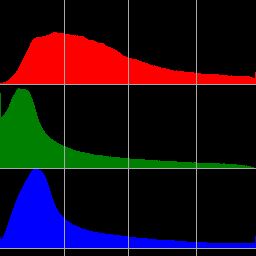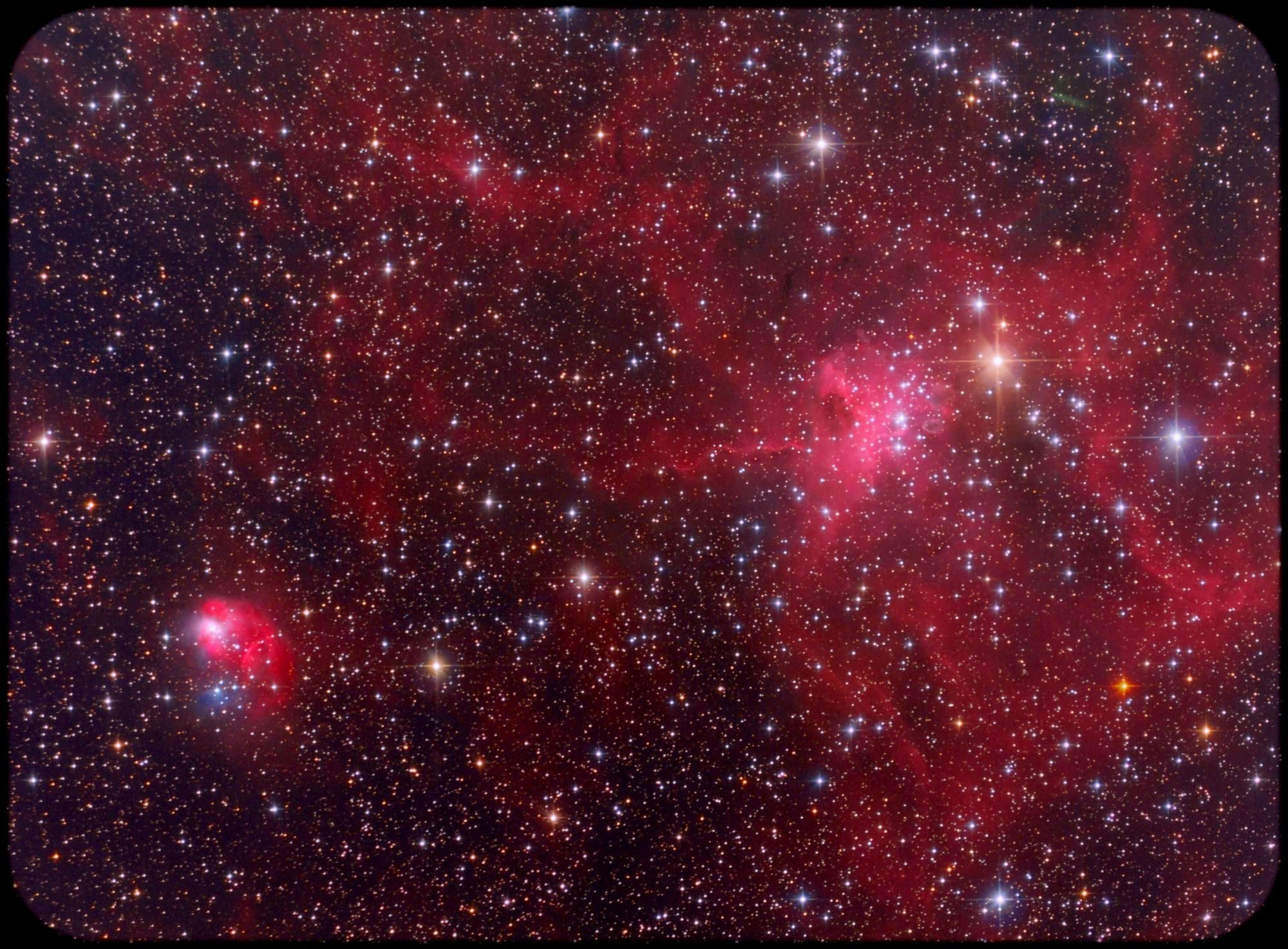Image with the path of the comet during the 5h of integration.
In the right bottom part of the image we can see NGC 1931 or Sh 2-237; found in the constellation Auriga has been referred to as a "miniature version of the Orion Nebula", as it shares some of the same characteristics. It is a mixed emission-reflection nebula, and contains a smaller version of the Trapezium in its hot young star cluster centered in the emission nebula. The entire cluster/nebula complex is only about 3 arcmin in size. The distance from earth is estimated at about 7000 light years. [Wiki]
On the right we can see IC417 or the Spider Nebula; it's a wide emission nebula connected to the open cluster Stock 8, which is known to be a star forming region.
Together they form a picture named The Spider and the Fly, as IC seems to be ready to pray the little NGC1931.
In top right corner I framed also the comet 226/P Pigott-LINEAR-Kowalski.
This comet was spotted first by Edward Pigott on November 19th 1873 and then lost due to poor accuracy of measurements.
226 years later, in January 2003, a new comet was found by the LINEAR survey program and named C/2003A1; further observation made by R. Kowalski identified the object as the Pigott's lost comet.
Double processing for the image and the comet. |
|
|
| Optic |
SW Quattro 8S 200mm f/4 with Baader MPCC Mark III corrector |
| Camera |
Atik 383L+ |
| Filters |
Baader L, R, G, B 36mm |
| Mount |
NEQ6 with EQASCOM
|
Guide
|
SW 70/500 with AlCCD5
|
Frame center
|
RA 05:29:21 DEC 34:22:50 J2000
|
Date
|
30th October 2016
|
Site
|
S.Barthelemy, Aosta Valley, Italy
|
| Exposures
|
L - 12x600s bin 1x1 @-10°C
R - 6x600s
G - 6x600s
B - 6x600s
Integration time - 5h
|
|



|
|



